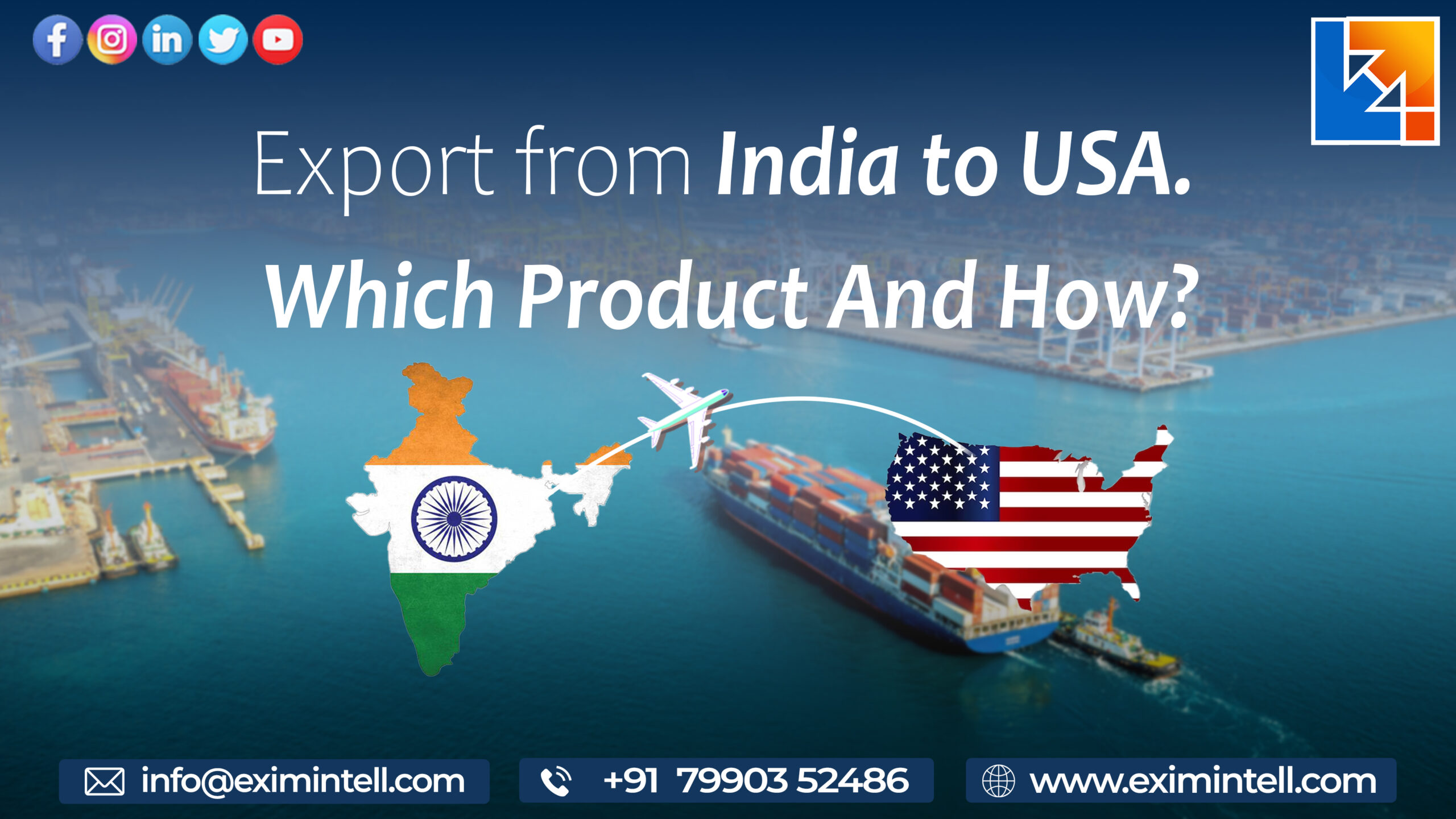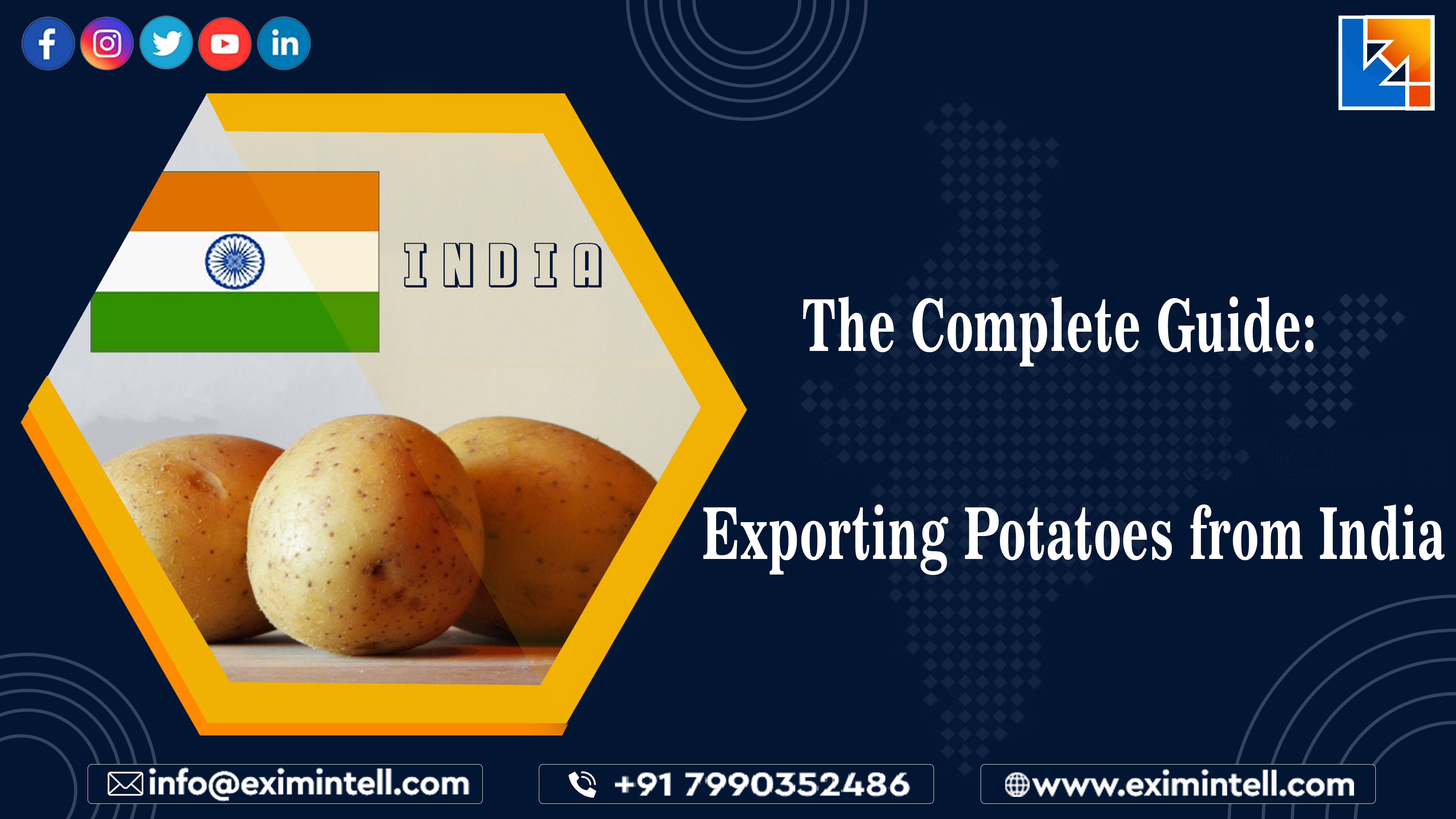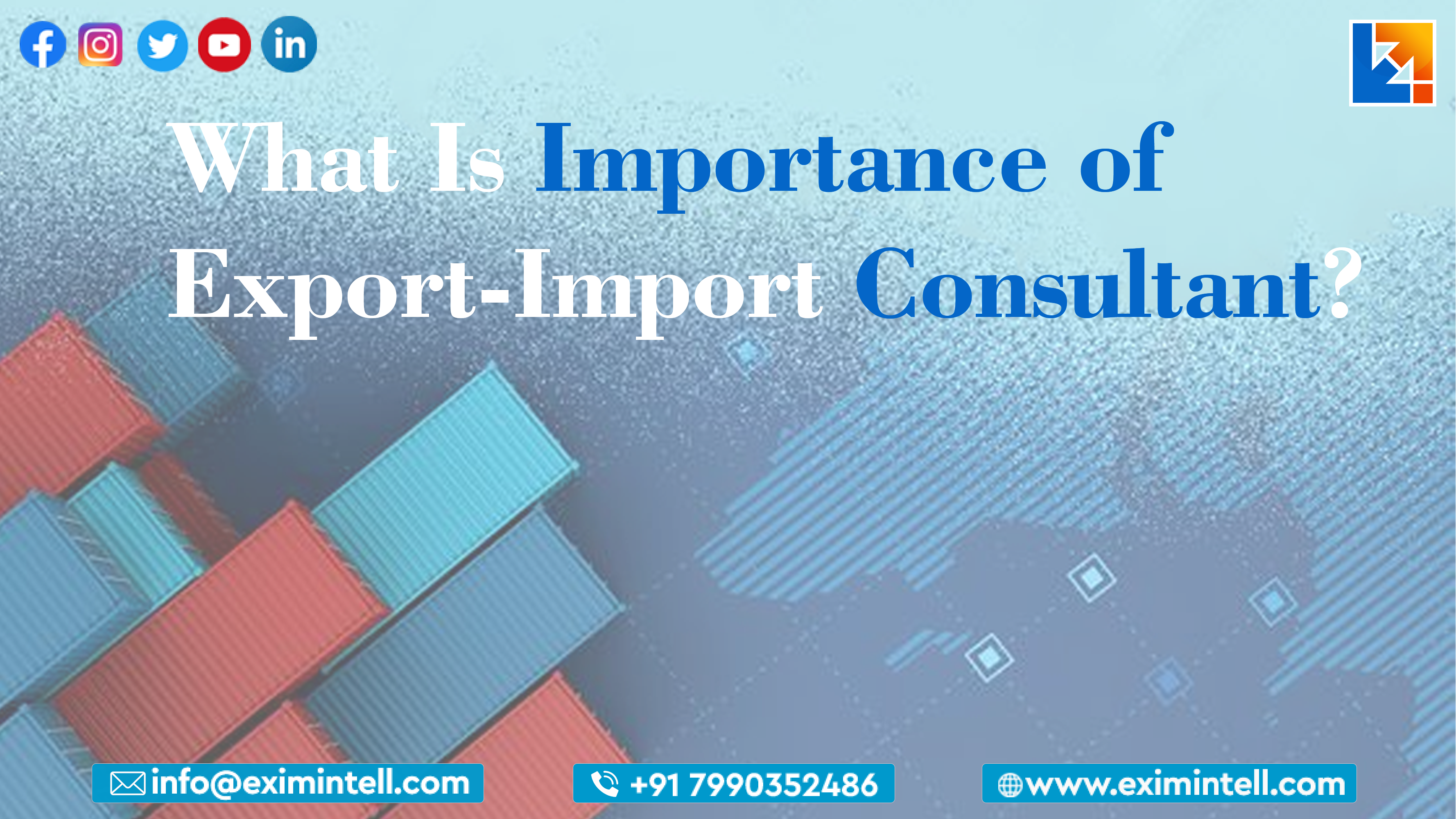Welcome to our blog! If you’re interested in the world of medicine exports from India, then you’ve come to the right place. In today’s post, we are excited to share with you some expert insights and top tips that will help ensure your success in this booming industry.
Whether you’re a seasoned exporter or just starting, these valuable insights will provide you with the knowledge and strategies necessary to navigate the complexities of Exporting Medicines from India. So sit back, relax, and get ready to learn how to take your medicine export business to new heights!
Introduction
In today’s rapidly globalizing world, Indian pharmaceutical companies are increasingly looking to expand their reach by exporting their products to new markets. However, exporting medicine can be a complex and bureaucratic process, with strict regulations put in place by both the receiving country and India’s government.
In this blog article, we’ll explore some of the top tips for successfully exporting medicines from India, courtesy of our expert panelists. These insights will help you navigate the export process more smoothly and avoid any potential pitfalls.
So let’s get started!
Guidelines for Exporting Medicines from India
When it comes to exporting medicines from India, there are a few key guidelines that should be followed to ensure a successful export process. First and foremost, it is important to have all of the necessary documentation in order before beginning the export process. This includes a valid export license, as well as any other required permits or licenses specific to the destination country.
Additionally, it is important to choose an experienced and reputable logistics partner who has experience with shipping pharmaceuticals. They will be able to assist with all aspects of the shipping process and can help ensure that your shipment arrives safely and on time.
It is also important to be aware of any restrictions or regulations regarding the import of medicines into the destination country. By following these guidelines, you can help ensure a smooth and successful exporting medicines from India.
Advantages of Exporting Medicines From India
There are many reasons why exporting medicines from India is advantageous. One key advantage is that India has a large and diverse population, which gives rise to a huge domestic market for medicines. This large market provides ample opportunities for Indian companies to gain experience in manufacturing and marketing their products.
Additionally, the Indian government is very supportive of the pharmaceutical industry and offers various tax incentives and subsidies to encourage companies to set up manufacturing operations in the country.
Another advantage of exporting medicines from India is that the country has a well-developed infrastructure for the pharmaceutical industry. India has a large number of qualified scientists and engineers, as well as sophisticated manufacturing facilities.
Additionally, the government has put in place several regulations to ensure the quality of medicines manufactured in the country. As a result, Indian-made medicines are held in high regard by international buyers.
Exporting medicines from India is advantageous because of the low cost of labor and raw materials in the country. This makes it possible for Indian companies to manufacture high-quality medicines at very competitive prices.
In addition, the Indian government provides several financial incentives to encourage exports of medicines from India. These include export duty exemptions and preferential access to certain markets.
Considerations to Keep in Mind During the Exports
When it comes to exporting medicines from India, there are a few key considerations to keep in mind to ensure a successful process. First and foremost, it is important to establish a clear and concise export plan. This plan should include a timeline of the export process, as well as detailed information on the products to be exported.
Additionally, it is important to have a strong understanding of the regulatory landscape in both India and the destination country. For example, some countries may have strict regulations on certain types of medicines, so it is crucial to be aware of these before export. It is also important to work with experienced and reputable partners throughout the export process. With these tips in mind, you can set your business up for success when exporting medicines from India.
Steps to Take When Exporting Medicines from India
Assuming that you have the requisite permissions in place, here are a few tips that will help you export medicines from India successfully:

1. Familiarize yourself with the process: The first step is to gain a thorough understanding of the exporting process. This includes understanding the documentation required, the applicable rules and regulations, and the shipping procedures.
2. Identify a reliable partner: It is important to find a reliable partner who can help you with the exporting process. This could be a freight forwarder, a customs broker, or even a pharmacist in India who is familiar with the export procedures.
3. Make sure your products are compliant: It is crucial to ensure that your products comply with all the necessary regulations, whether it is regarding quality standards or labeling requirements. Make sure you have all the requisite documentation in place before attempting to export your products.
4. Pack your products properly: Proper packaging is essential to ensure that your products reach their destination safely and intact. Make use of durable packaging material and clearly label all packages with complete information about the contents.
5. Choose the right mode of transport: Selecting an appropriate mode of transport is another important aspect to consider when exporting medicine from India. Air freight is generally preferred for time-sensitive shipments, while sea freight is a more cost-effective option for less urgent shipments.
Best Practices for Exporting Medicine from India
When exporting medicines from India, it is important to adhere to best practices to ensure a successful shipment. Here are some tips to keep in mind:
1. Work with a reliable and experienced export agent who understands the regulations and requirements for exporting medicines from India.
2. Make sure all required documentation is in order before shipping, including certificates of free sale, import licenses, and any other necessary paperwork.
3. Properly pack and label your shipment according to the requirements of the country of destination.
4. Choose a reputable shipping company that has experience in shipping medical goods.
By following these tips, you can help ensure a smooth and successful export process when shipping medicine from India.
Essential Documents Required
There are a few essential documents required for exporting medicines from India. Firstly, you need to have a valid Export License from the Drug Controller General of India (DCGI). Secondly, you will need a No Objection Certificate (NOC) from the Ministry of Commerce. You will need to register with the Central Drugs Standard Control Organization (CDSCO). These are the essential documents required for exporting medicine from India.
Conclusion
With the right information and knowledge, exporting medicines from India can be a successful venture. Our list of top tips for successful exports is aimed at equipping you with all the necessary insight to facilitate smooth trade.
Whether you’re considering starting an Export Business or have been involved in this sector for some time now, these expert insights are sure to come in handy when seeking success in this ever-challenging field.














